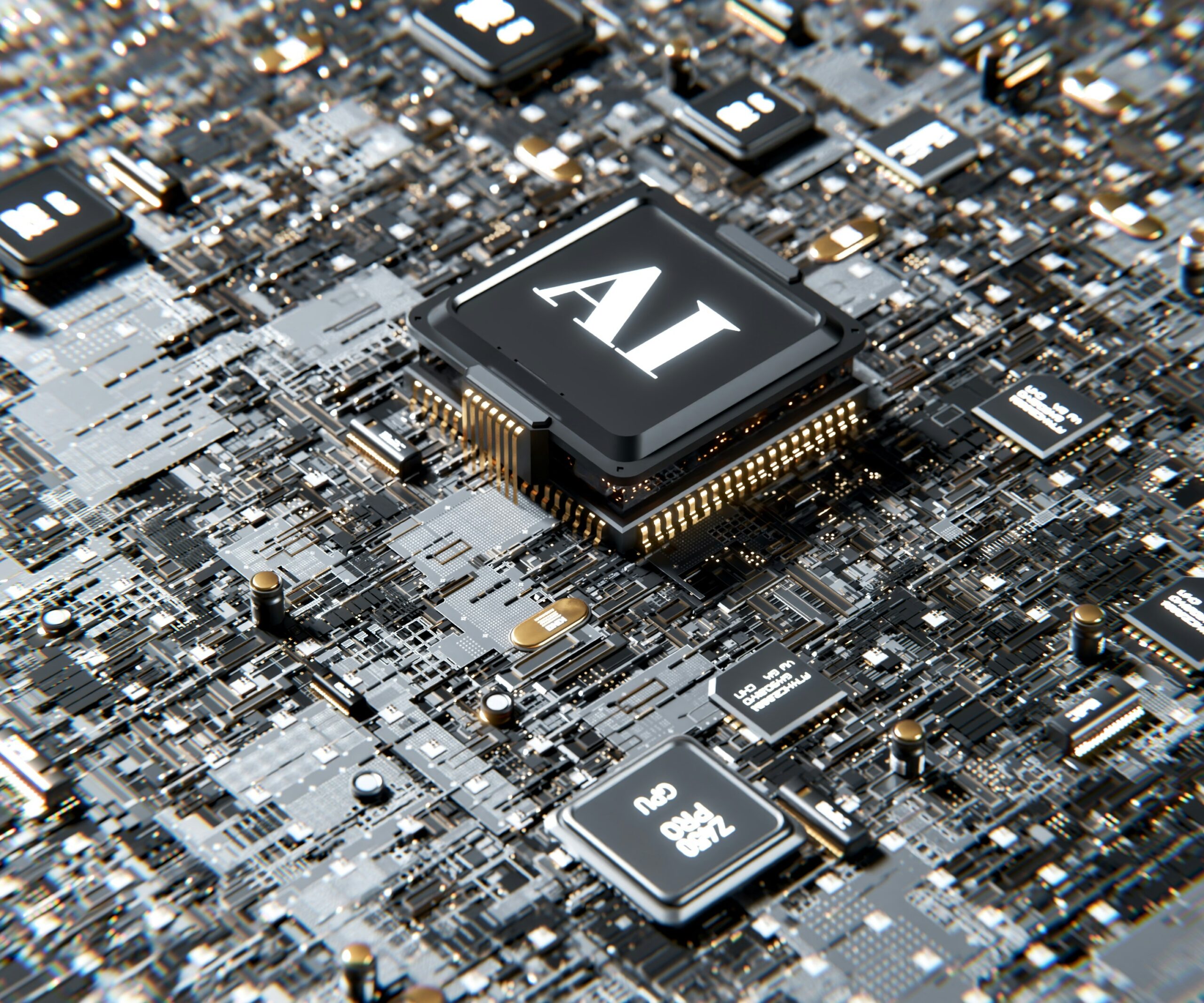Artificial intelligence has moved past theory and pilot projects. It is now a central part of corporate strategy, driving major investments across industries. Companies are no longer experimenting on the edges but directing large budgets toward specific applications that promise returns in efficiency, innovation, and competitiveness. The question is no longer whether to invest, but where those investments matter most.
Healthcare: Diagnostics and Drug Development
Few industries illustrate AI’s potential more clearly than healthcare. Hospitals and research institutions are pouring resources into AI-driven diagnostics, especially imaging tools that can identify conditions earlier than traditional methods. Radiology, pathology, and dermatology are seeing rapid adoption, with algorithms capable of analyzing thousands of images in seconds. This reduces workloads for specialists and improves detection rates.
Drug development is another major focus. Pharmaceutical companies are investing in AI platforms that model molecular interactions and predict outcomes, cutting years from the discovery process. What once required expensive trial-and-error can now be accelerated with algorithmic predictions. Investment is strong because the stakes are high: bringing drugs to market faster means better patient outcomes and stronger financial returns.
Finance: Automation and Risk Management
Banks, hedge funds, and insurance providers have become aggressive adopters of AI. Trading platforms are infused with machine learning models that detect market signals in fractions of a second. Risk assessment tools now analyze vast data sets to spot fraud, credit risk, and compliance issues far more accurately than manual systems ever could.
Customer-facing applications are also seeing heavy investment. AI-driven chatbots, advisory platforms, and fraud detection systems are reshaping client interactions. Institutions invest heavily here because customer expectations have shifted. Real-time responses and predictive insights are no longer optional; they are a competitive necessity.
Manufacturing: Smart Production and Predictive Maintenance
Factories are rapidly investing in AI for predictive maintenance, quality control, and production optimization. Equipment downtime can cost millions. Machine learning models predict failures before they occur, enabling proactive repairs. Cameras and sensors on production lines feed AI systems that detect defects in real time, ensuring higher product consistency.
Supply chain management is another critical area. AI helps companies forecast demand, allocate resources, and manage logistics with greater precision. The result is reduced waste, stronger resilience, and tighter cost control. Investment is significant because the savings compound quickly across large-scale operations.
Retail: Personalization and Inventory Management
Retailers face intense pressure to meet shifting consumer expectations. AI-driven personalization has become one of the biggest areas of investment. Recommendation engines guide customers through digital storefronts, offering product suggestions based on browsing history and purchase behavior. This has a direct link to revenue growth.
Inventory management is equally critical. Retailers invest in AI systems that track buying patterns, predict seasonal demand, and optimize stock levels across physical and online stores. Automation in warehouses, often powered by AI-driven robotics, is further reducing costs and improving speed to customer.
Energy: Grid Optimization and Exploration
Energy companies, both traditional and renewable, are placing large bets on AI for grid optimization. Smart grids require constant balancing of supply and demand, and AI provides the predictive analytics necessary to keep them stable. This investment supports reliability, lowers operational costs, and helps integrate renewable energy sources.
In oil and gas, exploration is another area seeing AI-driven spending. Machine learning models process seismic data and geological reports to identify drilling sites with greater accuracy. This reduces exploration costs and improves safety outcomes.
Transportation and Logistics: Autonomy and Efficiency
The transportation sector is one of the most visible examples of large-scale AI investment. Autonomous vehicles, though still in development, are backed by billions of dollars in funding from automakers and technology firms. From self-driving trucks to delivery drones, the push for automation continues at scale.
Logistics companies are also investing heavily in AI to optimize routes, reduce fuel consumption, and manage fleets. Real-time tracking systems provide constant updates, while predictive analytics anticipate demand spikes or disruptions. The result is smoother, cheaper, and faster delivery of goods.
Media and Technology: Content and Creativity
The media and entertainment sector has become a testing ground for AI-driven creativity. Companies are investing in generative AI for content creation, whether it is drafting articles, composing music, or building synthetic video. These tools expand output at lower costs, raising both opportunities and ethical questions.
Streaming platforms are also heavily reliant on AI for personalization. Recommendation algorithms keep viewers engaged, while backend systems analyze viewer data to inform content investments. The financial logic is straightforward: the better the recommendations, the longer the engagement, the stronger the subscriber retention.
The Investment Landscape Ahead
Across industries, one trend is clear: AI investment is targeted, not scattered. Companies are putting money into areas where efficiency gains and customer impact are measurable. Healthcare pursues faster diagnoses and treatments. Finance focuses on risk reduction and automation. Manufacturing invests in uptime and quality. Retail aims for personalization and precision. Energy and logistics concentrate on optimization. Media explores creativity and engagement.
AI has become a foundation, not an experiment. The spending patterns of global industries reflect this shift. For investors, employees, and customers, the message is clear. The age of selective adoption has ended, and the era of strategic, high-value integration is well underway. Look over the accompanying resource for more information.
